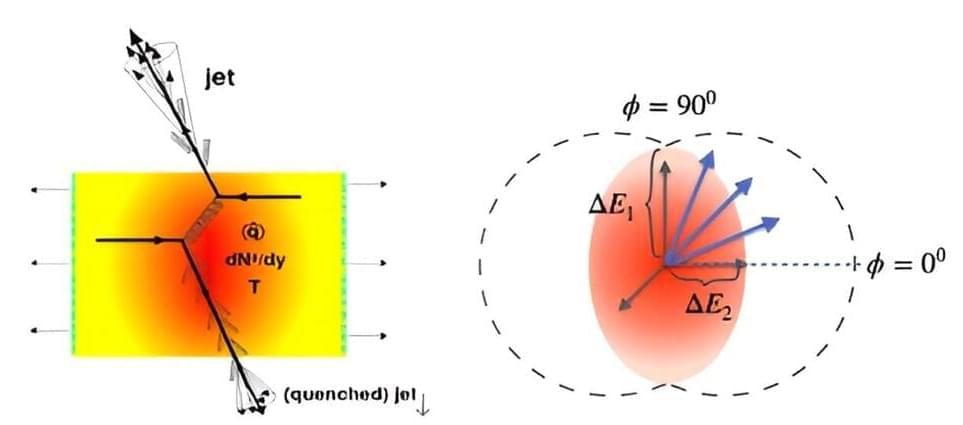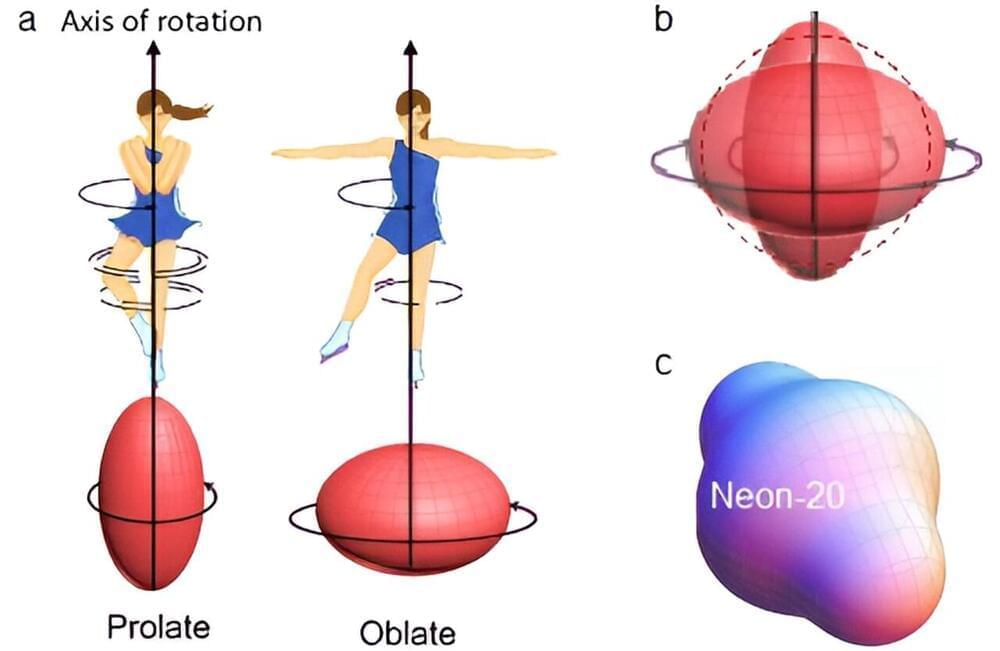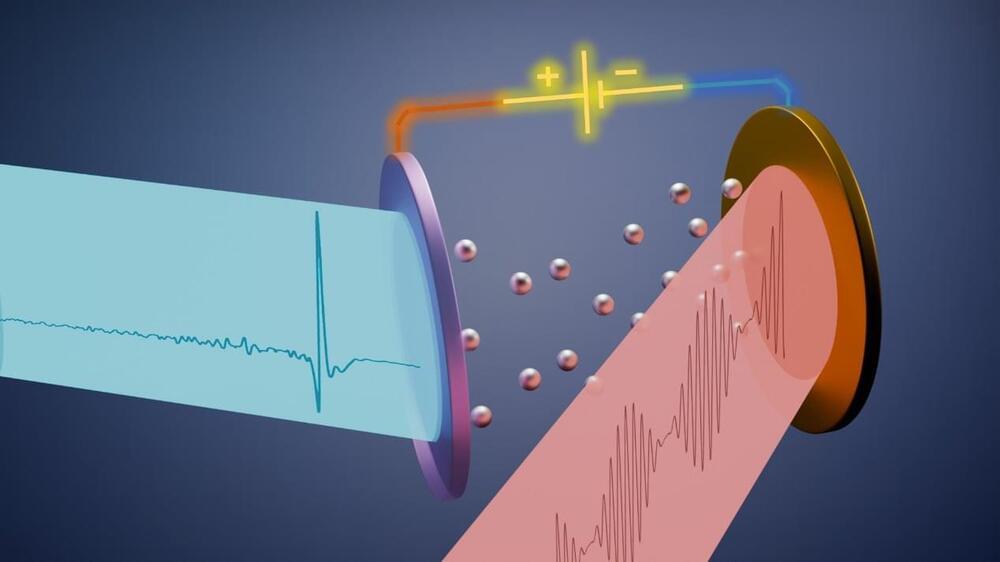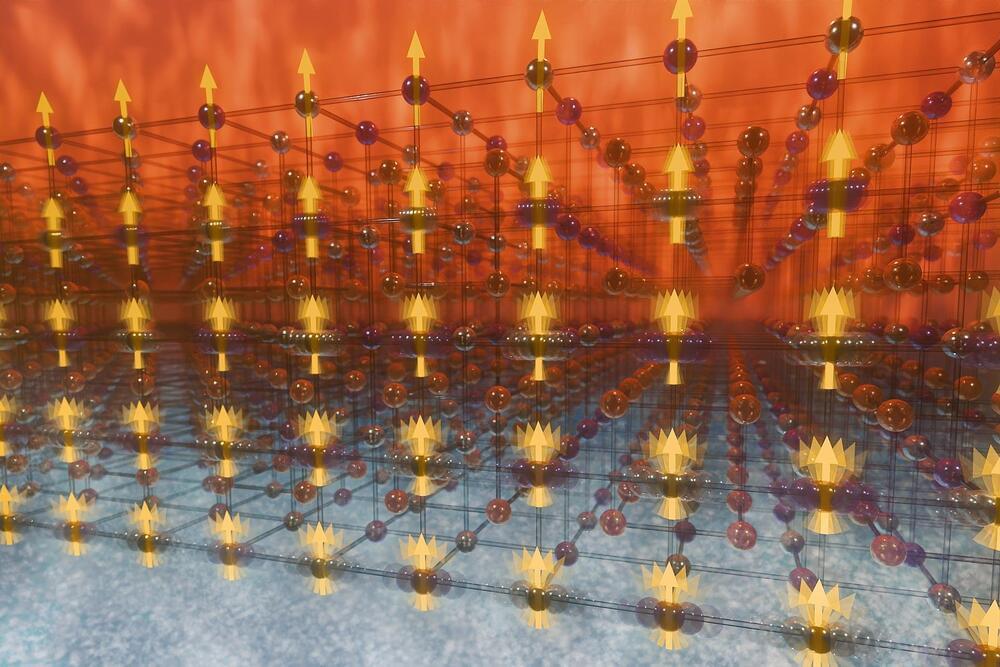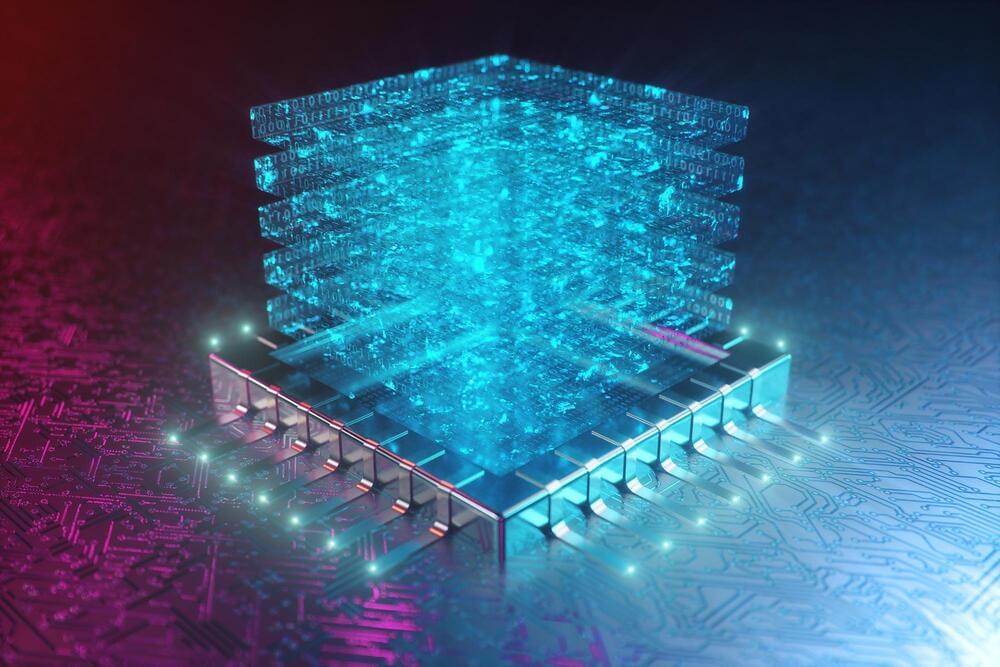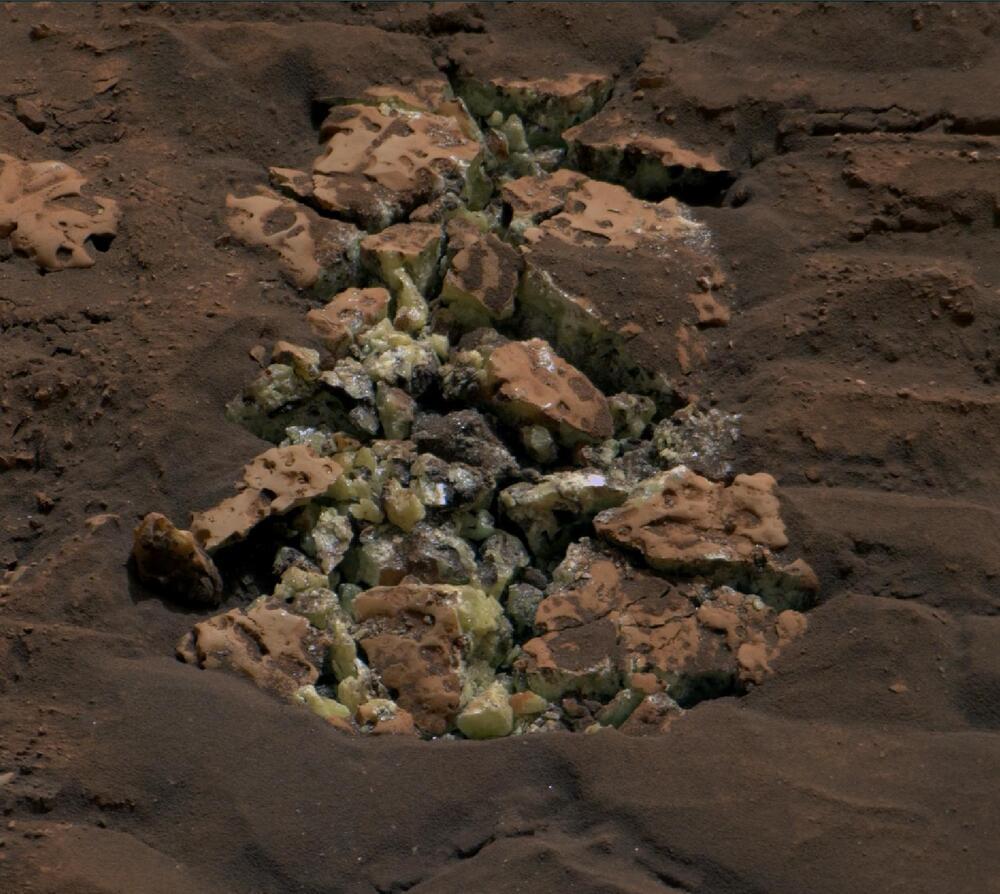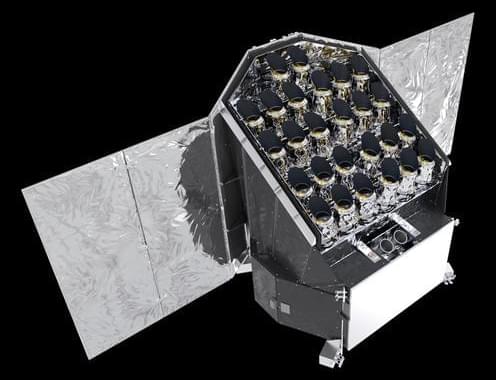In high-energy physics, researchers have unveiled how high-energy partons lose energy in nucleus-nucleus collisions, an essential process in studying quark-gluon plasma (QGP). This finding could enhance our knowledge of the early universe moments after the Big Bang.
In previous research, measurements found that for fast rotations, for example in nuclei like neon-20 or chromium-48, the energy for spinning changes unexpectedly. Scientists attributed this to an anomalous increase in the moment of inertia for fast rotations, likely due to the nuclear matter bulging out. Earlier models suggested that fast-rotating nuclei ultimately become spheres, but newer models have found deformed shapes. Now, large-scale simulations of atomic nuclei have revealed surprising new explanations of the elusive physics of fast-spinning nuclei.
For the first time in nearly 50 years, scientists accurately calculated the moment of inertia and studied its hypothesized anomalous increase through state-of-the-art simulations of nuclei. The simulations for neon-20 replicate the energy measurements. Remarkably, however, the simulations do not find the anomalous increase. Instead, they reveal a change in the interior of the nucleus.
Similar microscopic simulations for chromium-48 confirm this surprising result. Furthermore, the results resolve the long-lasting question of whether a prolate nucleus that starts to quickly spin becomes spherical or oblate. This research, published in Physical Review C, shows that several competing shapes emerge, some prolate and some oblate, which on average appear spherical.
New research explores the Cherenkov effect where superluminal speeds generate radiation and discusses new research using this principle to create terahertz radiation for advanced imaging and radar applications.
When charged particles travel through a medium at a speed greater than the phase speed of light in that medium (a phenomenon known as superluminal speed), they emit radiation. The resulting radiation forms a conical pattern. This phenomenon, known as the Cherenkov effect, has numerous fundamental and practical applications. The explanation of this effect earned the Nobel Prize in Physics in 1958.
The oblique incidence of light on the interface between two media is a similar phenomenon; in this case, a wave of secondary radiation sources is formed along the interface, which propagates at a speed exceeding the phase speed of light. The refraction and reflection of light from an interface is the result of the addition of the amplitudes of waves from all sources formed during light incidence.
Researchers have made significant advancements in understanding atomic-scale heat motion in materials, crucial for developing solid-state cooling technology.
This technology, which operates without traditional refrigerants or moving parts, uses materials like nickel-cobalt-manganese-indium magnetic shape-memory alloys to exploit the magnetocaloric effect for efficient cooling.
A crucial knowledge gap in atomic-scale heat motion was recently bridged by a research team led by the Department of Energy’s Oak Ridge National Laboratory. This new understanding holds promise for enhancing materials to advance an emerging technology called solid-state cooling.
New research has established a reversible framework for quantum entanglement, aligning it with the principles of thermodynamics and paving the way for improved manipulation and understanding of quantum resources.
Bartosz Regula from the RIKEN Center for Quantum Computing and Ludovico Lami from the University of Amsterdam have demonstrated through probabilistic calculations the existence of an “entropy” rule for quantum entanglement. This discovery could enhance our understanding of quantum entanglement, a crucial resource underpinning the potential of future quantum computers. Although quantum entanglement has been a research focus in quantum information science for decades, optimal methods for its effective utilization remain largely unknown.
The second law of thermodynamics, which says that a system can never move to a state with lower “entropy”, or order, is one of the most fundamental laws of nature and lies at the very heart of physics. It is what creates the “arrow of time,” and tells us the remarkable fact that the dynamics of general physical systems, even extremely complex ones such as gases or black holes, are encapsulated by a single function, its “entropy.”
New research has revealed that the lag observed in organic electrochemical transistors (OECTs) when switched on is due to a two-step activation process, providing crucial insights for designing more effective and customizable OECTs for various technological and biological applications.
Researchers who want to bridge the divide between biology and technology spend a lot of time thinking about translating between the two different “languages” of those realms.
“Our digital technology operates through a series of electronic on-off switches that control the flow of current and voltage,” said Rajiv Giridharagopal, a research scientist at the University of Washington. “But our bodies operate on chemistry. In our brains, neurons propagate signals electrochemically, by moving ions — charged atoms or molecules — not electrons.”
Did life ever exist on Mars, and if so, how did it get there? This is the goal of NASA’s Curiosity rover, which has traversed Gale Crater on Mars since 2012. But a recent finding by the car-sized robotic explorer could help bring scientists one step closer to answering these questions as Curiosity sent back images of yellow crystals revealed to be deposits of elemental sulfur, along with an entire field of them. This finding was accidentally “un-earthed” as Curiosity drove over them during its excursions. While scientists didn’t anticipate finding elemental sulfur in this region, this finding could hold the potential to help piece together the geologic history of Gale Crater and whether life once existed there.
Recent image of elemental sulfur crystals obtained by NASA’s Curiosity rover on Mars. (Credit: NASA/JPL-Caltech/Malin Space Science Systems)
“Finding a field of stones made of pure sulfur is like finding an oasis in the desert,” said Dr. Ashwin Vasavada, who is a project scientist on Curiosity at NASA’s Jet Propulsion Laboratory. “It shouldn’t be there, so now we have to explain it. Discovering strange and unexpected things is what makes planetary exploration so exciting.”
The fighter’s new engines can power laser weapons and enable a “pilot optional” mode.
This website is using a security service to protect itself from online attacks. The action you just performed triggered the security solution. There are several actions that could trigger this block including submitting a certain word or phrase, a SQL command or malformed data.
How many Earth-like planets exist throughout the universe? This is what recent talk given at the National Astronomy Meeting 2024 hopes to address as Dr. David Brown, who is a scientist on the European Space Agency’s (ESA) PLATO (PLAnetary Transits and Oscillations of stars) mission, provided an update on the mission and the goals it hopes to achieve. This comes as PLATO is currently scheduled to launch in December 2026 with the goal of finding Earth-like planets throughout the universe, which could greatly expand our knowledge of exoplanets, as well.
“PLATO’s goal is to search for exoplanets around stars similar to the Sun and at orbital periods long enough for them to be in the habitable zone,” said Dr. Brown. “One of the main mission objectives is to find another Earth-Sun equivalent pair, but it is also designed to carefully and precisely characterize the exoplanets that it finds (i.e. work out their masses, radii, and bulk density).”
